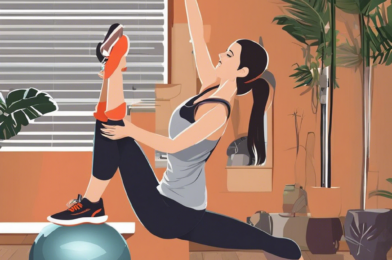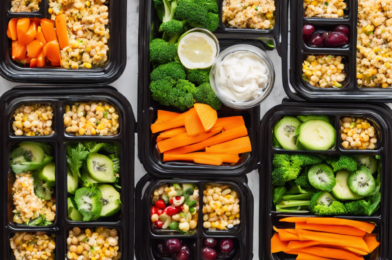# The Truth About Fad Diets: Separating Fact From Fiction
In a world filled with an overwhelming array of dietary advice, distinguishing between sound science and the latest trend can be challenging. Fad diets, with their enticing promises of rapid weight loss and dramatic health improvements, often capture public attention and fuel a multi-billion-dollar industry. However, beyond the allure of quick fixes, what do these diets truly offer in terms of long-term health and sustainability?
These trendy diets often encourage restrictive or unconventional eating patterns, claiming to provide enhanced weight loss, improved energy, or even the cure for chronic diseases. While some may deliver initial results, they often fall short of delivering sustainable, long-term solutions. More concerning are the potential health risks associated with some of these diets, which may include nutritional deficiencies, metabolic issues, and other adverse effects on overall health.
So, what characterizes a fad diet, and how can individuals discern the truth from the hype? Typically, fad diets are identifiable by their rigid rules and drastic deviations from mainstream recommendations. They often involve eliminating or severely restricting specific food groups, emphasizing certain ‘superfoods,’ or promoting unusual eating patterns. While some of these approaches may offer temporary benefits, they tend to overlook individual differences in nutritional needs, cultural backgrounds, and personal preferences, which are crucial for maintaining a healthy relationship with food.
One of the most significant concerns with fad diets is their potential to create an unhealthy fixation on food. Restrictive eating patterns can lead to social isolation, increased anxiety around meals, and, in some cases, the development of disordered eating behaviors. Furthermore, these diets often fail to address the underlying behavioral, psychological, and environmental factors that contribute to unhealthy lifestyle habits. As a result, individuals may struggle to maintain these restrictive diets over the long term, leading to a cycle of weight loss and gain, known as weight cycling, which has adverse health effects.
So, what’s the alternative? Instead of embracing the latest fad, it’s essential to prioritize a holistic approach to health that focuses on long-term lifestyle changes. This includes adopting balanced eating habits that incorporate a variety of nutritious foods, engaging in regular physical activity, managing stress effectively, and getting adequate sleep and relaxation. It’s also crucial to recognize that weight is just one aspect of health and that focusing solely on the number on the scale can be misleading and detrimental.
Consulting with a healthcare professional or a registered dietitian can help individuals navigate the maze of dietary advice and develop personalized plans that consider their unique circumstances. These experts can provide guidance on making sustainable dietary choices, improving one’s relationship with food, and achieving overall health and well-being.
While it may be tempting to seek a quick fix, long-lasting results come from embracing a healthy lifestyle that is enjoyable and manageable. This involves finding an eating pattern that suits individual tastes and preferences while supporting overall health. It’s also important to remember that health is multifaceted and extends beyond physical appearance or a number on a scale.
In conclusion, while fad diets may offer temporary results, they often fail to deliver on their promises of long-term health and weight loss. By embracing a holistic approach to health, individuals can make sustainable choices that nurture their bodies and minds, ultimately leading to a happier and healthier life.
**Note:** *Before starting any new diet or nutritional regimen, always consult your healthcare provider or a registered dietitian to ensure it is safe and appropriate for your individual needs.*
Is there anything else I can assist you with?






